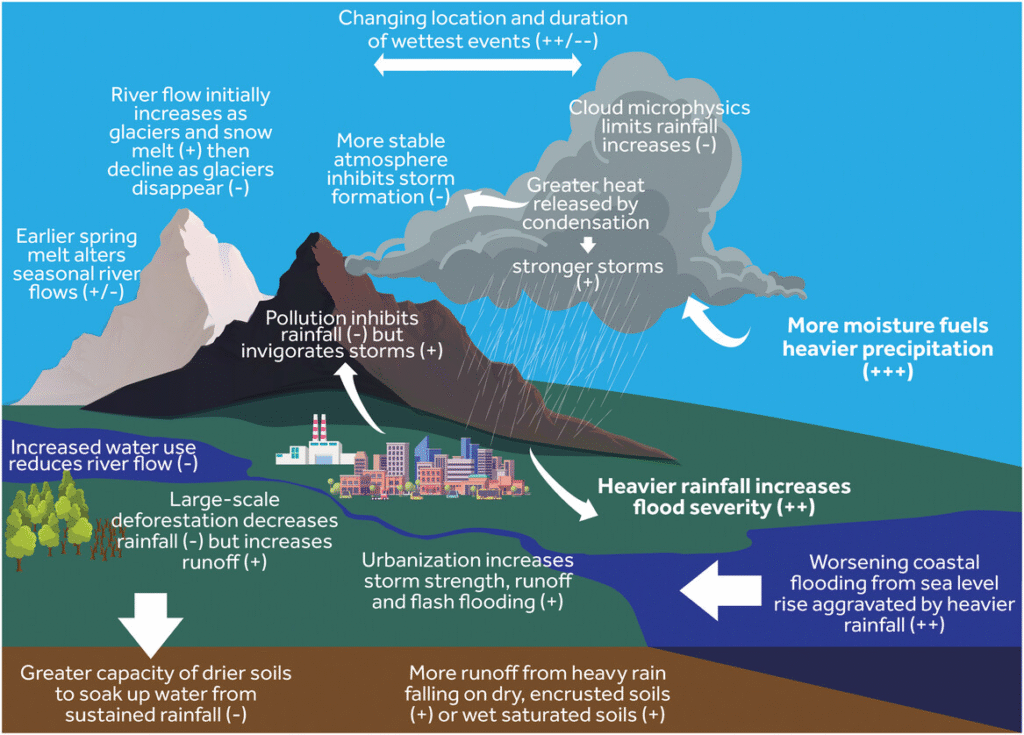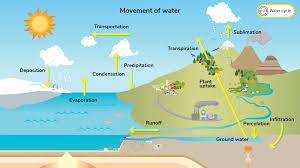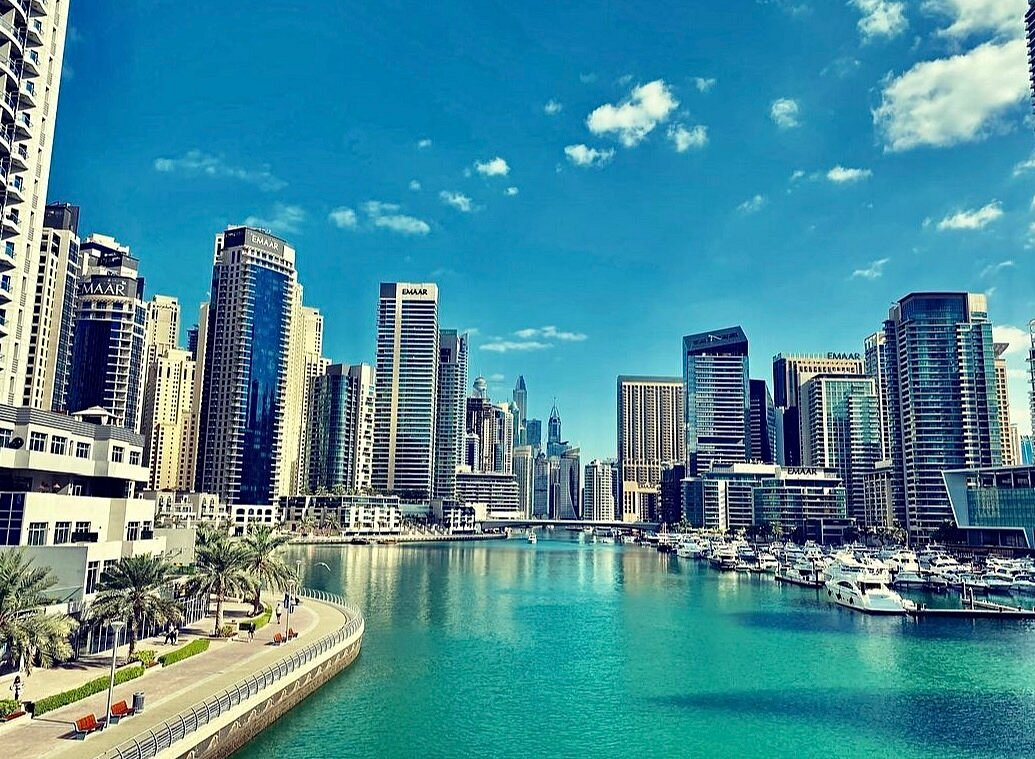Now Reading: How Global Warming Is Breaking the World’s Water Cycle 2025
-
01
How Global Warming Is Breaking the World’s Water Cycle 2025
How Global Warming Is Breaking the World’s Water Cycle 2025

Table of Contents
Climate change is not just about rising temperatures or melting ice caps. It is also rewriting the hydrological cycle — the system of water movement through the atmosphere, oceans, and land. As the world grows warmer, scientists warn that rainfall patterns, river flows, and drought risks will all change dramatically. This shift in the hydrological cycle will have massive consequences for food security, water supplies, and even international peace.
In simple terms, the hydrological cycle describes how water evaporates, forms clouds, falls as rain or snow, and eventually returns to rivers and oceans. This cycle has kept our planet in balance for millions of years. But now, thanks to greenhouse gases trapping more heat, that balance is under threat.
More Heat Means More Evaporation

One of the biggest impacts of global warming is increased evaporation. Warmer air can hold more moisture. This means oceans, lakes, and even soil will lose water faster. Some areas might experience more intense rainfall because the atmosphere will dump all that extra water in powerful storms. Other places may dry out completely, creating dangerous drought conditions.
According to scientists, for every 1°C increase in global temperatures, the atmosphere can hold about 7% more water. That sounds like good news for rainfall, but it also means storms will get more violent, and floods could become more frequent.
Uneven Rainfall: Floods Here, Droughts There
One of the greatest concerns is how uneven these changes will be. Climate models suggest wet areas will likely get wetter, while dry regions will get even drier. For example, tropical countries might see stronger monsoon rains that destroy crops and cause landslides, while regions like the Middle East or North Africa could face even harsher water shortages.
This imbalance could create a dangerous cycle:
- Drier areas will suffer crop failures and food shortages
- Wet areas may face flooding and property damage
- Entire communities might be forced to migrate in search of water
Some researchers have already called this “climate apartheid” because rich countries may cope better with water stress, while poorer countries will struggle to survive.
Glaciers and Snowpacks Melting Faster
Another part of the hydrological cycle under stress is the world’s glaciers and seasonal snowpacks. These ice reserves act like giant water towers, feeding rivers for billions of people. But with temperatures rising, glaciers are shrinking, and snow melts earlier than usual.
This leads to rivers flooding during spring, but running dry by late summer, leaving farmers and cities without a steady water supply. In places like the Himalayas or the Andes, this could affect the drinking water of millions of people.
Groundwater: An Invisible Emergency
It’s easy to think about rainfall or rivers, but groundwater — water stored underground in aquifers — is also being disrupted. When rainfall becomes unpredictable, people pump more groundwater to survive. However, these underground reserves take thousands of years to recharge. Overuse of groundwater could lead to irreversible damage, collapsing land, or turning farmlands into deserts.
Some studies warn that the combination of climate change and groundwater overuse could trigger major water crises within a few decades.
Water Conflicts on the Horizon?
If water becomes scarcer, conflicts may break out. Nations that share rivers could end up in disputes over shrinking resources. Already, there are tensions in regions like the Nile Basin or the Indus River area, where multiple countries depend on the same water supply.
Climate experts worry that a disturbed hydrological cycle could push such tensions past the breaking point, leading to “water wars” in the future.
Adapting to a Changing Water World

Although the outlook sounds frightening, there are ways to adapt. Here are some solutions experts recommend:
- Smarter water management: building reservoirs and systems to store floodwater during heavy rains
- Modern irrigation: using drip systems that save water instead of wasteful flood irrigation
- Protecting wetlands: wetlands act as natural sponges, storing water and releasing it slowly
- Climate-resilient crops: farmers can grow drought-resistant plants that survive in harsh conditions
- International cooperation: sharing water resources fairly across borders to avoid conflicts
Experts agree that solving the water crisis will demand international teamwork, new technology, and better education about water conservation.
Final Thoughts
Climate change is reshaping the world’s water cycle in dangerous ways. As global temperatures rise, the fragile balance between rainfall, evaporation, snow, and groundwater will shift. Some regions will drown, while others will dry up, putting billions of lives at risk.
Water is the foundation of life. If we lose control of the hydrological cycle, everything from agriculture to health to global peace could be in danger. The time to act is now.
Scientists and policymakers alike say there is still hope if people work together. Reducing greenhouse gas emissions is the first and most important step. Alongside that, managing water smarter and sharing it fairly may help us survive a warmer — and wetter, or drier — future.
Read More:- Shobha Realty Launches Its Most Luxurious Project Yet—Full Details Inside 2025






















